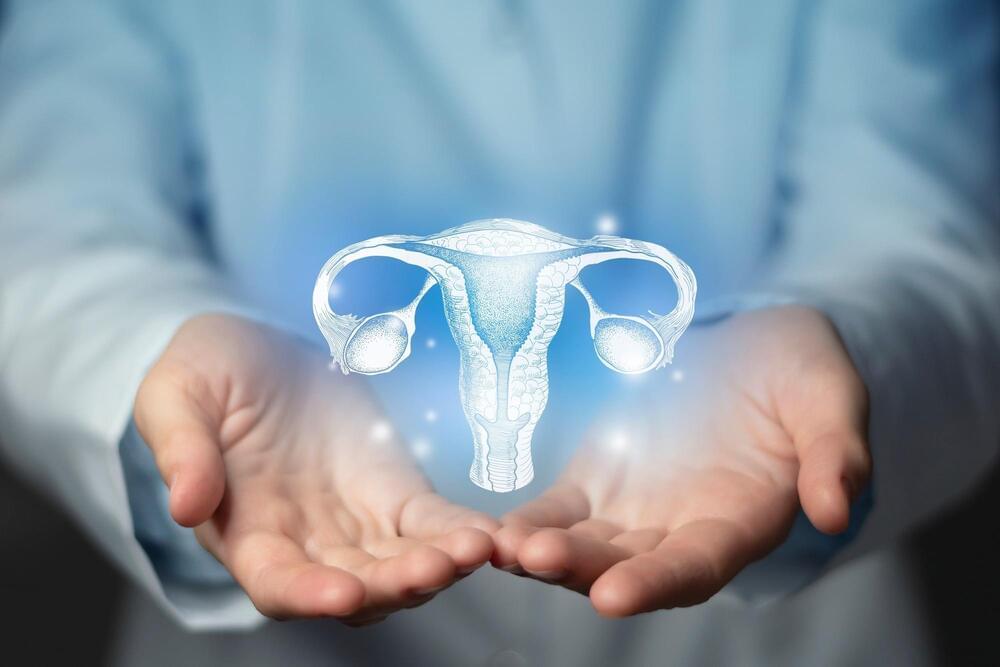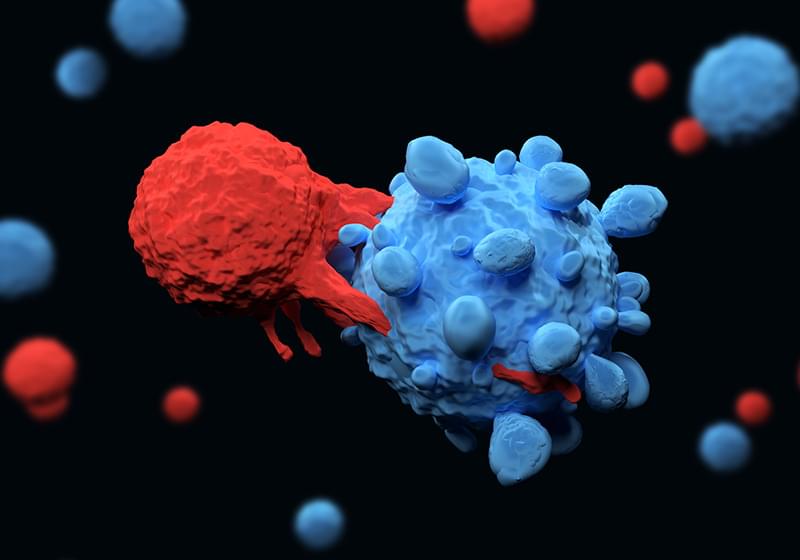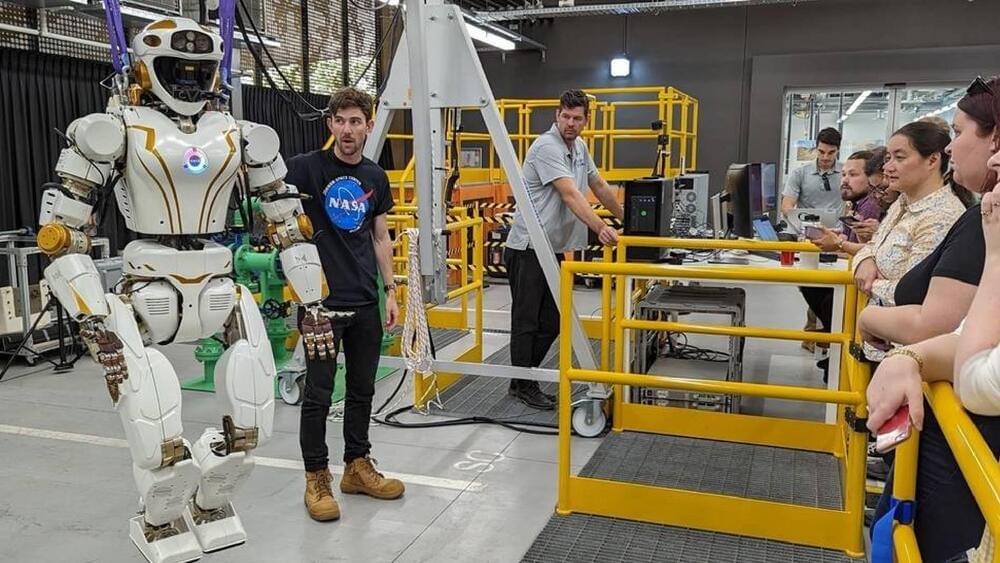Fight fibromyalgia fatigue, pain, and stress with these tips from WebMD. See how to get the rest you need, talk with your family, get energy from exercise, and more.


Duke University Science and Technology scholar Trudy Oliver, Ph.D, has made progress with small cell lung cancer by systematically profiling it. For the past 30 years, all patients with the disease have been treated the same, with chemotherapy. In the last handful of years, Oliver and other researchers have shown that they can divide the disease into at least four different subtypes, each of which responds differently to treatment.

Type 1 diabetes (T1D) is an autoimmune disease linked to helper T-cell recognition in non-obese diabetic (NOD) mice and humans. Moreover, T1D affects the endocrine pancreas, thus causing patients to be dependent on insulin replacement therapy for the rest of their lives. Monitoring disease progression through peripheral blood sampling could provide insights into the immune-mediated mechanisms of T1D.
In a recent study published in Science Translational Medicine, researchers profile antigen-specific helper clusters of differentiation 4-positive (CD4+) T-lymphocytes to determine anti-islet autoimmunity among mice and humans.

The latest iteration of Intel’s cluster scheduling support for x86 hybrid P/E-core CPUs were posted on Friday in seeking to enhance the performance of some workloads under Linux when running on recent Intel Core processors.
Earlier this year Intel posted a new round of Linux cluster scheduling patches after their original implementation I found to be causing regressions and hurting performance at the time with Alder Lake when their original cluster scheduling work was being tackled in 2021. With the 2023 incarnation things appear to be in much better shape.
In June were the v2 patches and on Friday succeeded by a third version. This newest version simplifies how the sibling imbalance is computed and removes the asym packing bias, rounding is added to the sibling imbalance, and some basic changes.

Research on mu heavy chain knockout mice (MuMt-; Bnull), which are mice that are genetically incapable of producing mature B-cells, has suggested that B-cells amplify the metabolic effects of diseases, especially diabetes and insulin resistance. Since type 2 diabetes (T2D) and hyperthyroidism, both of which are autoimmune conditions, are strongly correlated with PCOS, scientists have attempted to investigate an autoimmune trigger for PCOS, which has remained unsuccessful.
Study findings
In the present study, researchers evaluate previously hypothesized factors associated with cyst formation and inflammation, which include B-cell frequency, hyperandrogenemia, and autoantibodies.

With funds from national grants and private philanthropy, Duke University scientists are working to develop a universal flu vaccine that would last last much longer than the current flu vaccines.


This is according to a press release by NASA published on Thursday.
Woodside Energy will test the machine’s software and provide data and feedback to NASA particularly as it relates to developing remote mobile dexterous manipulation capabilities to accommodate remote caretaking of uncrewed and offshore energy facilities.
“Valkyrie will advance robotic remote operations capabilities which have potential to improve the efficiency of Woodside’s offshore and remote operations while also increasing safety for both its personnel and the environment. In addition, the new capabilities may have applications for NASA’s Artemis missions and for other Earth-based robotics objectives,” said the NASA statement.
Brain-based technologies of spiritual enhancement can induce mystical experiences in many people on demand. What does this mean for spirituality today?